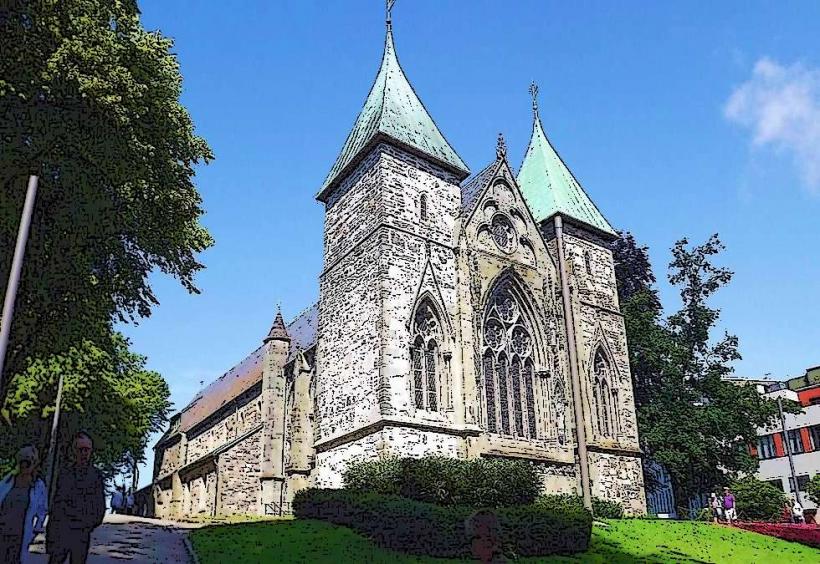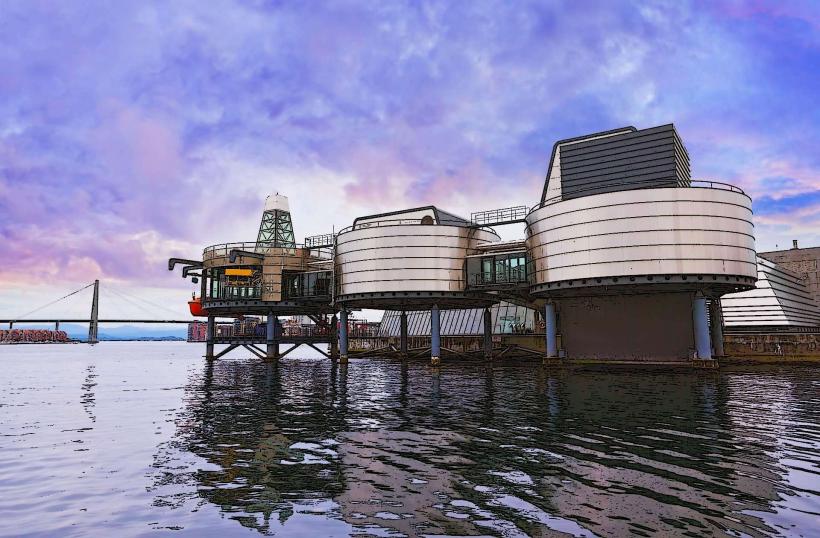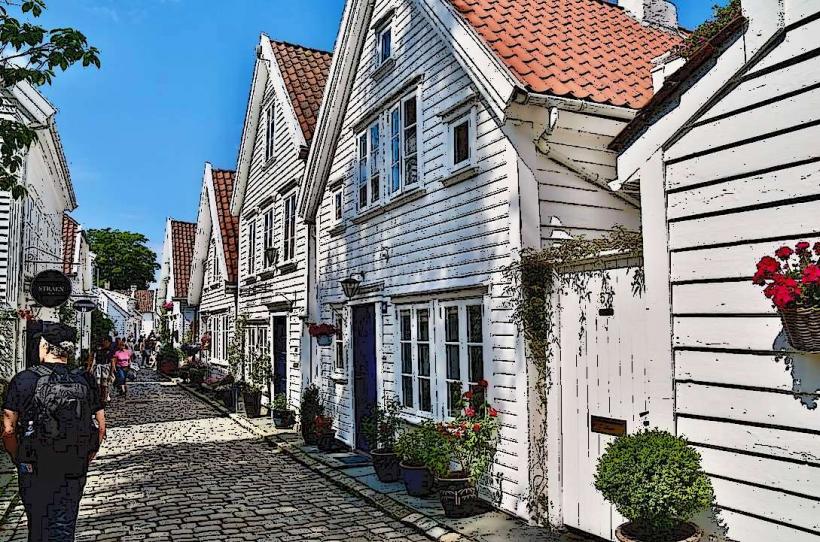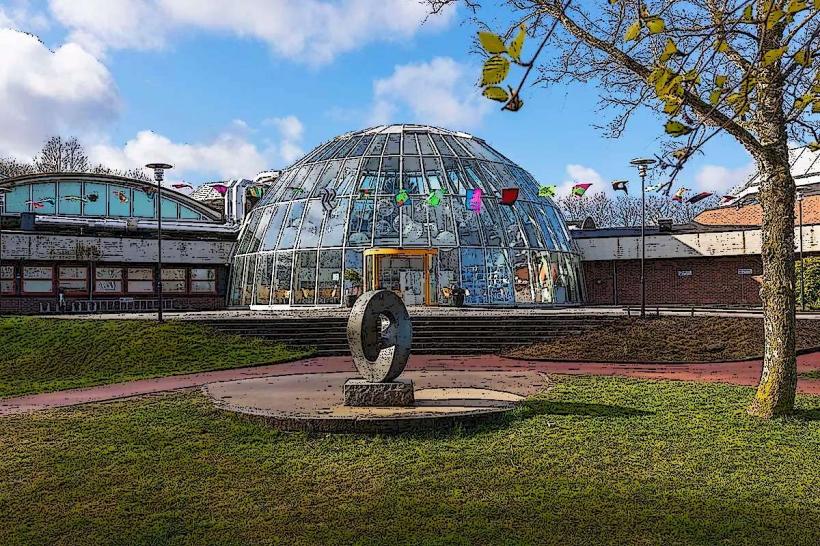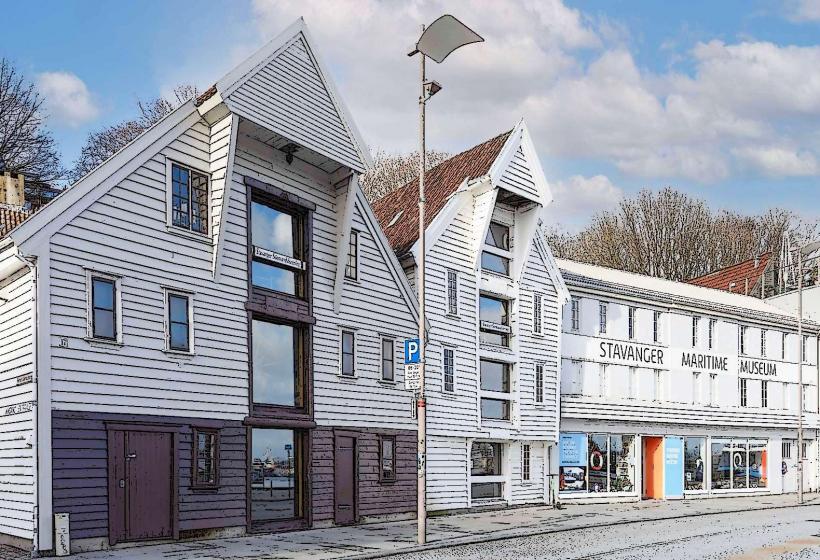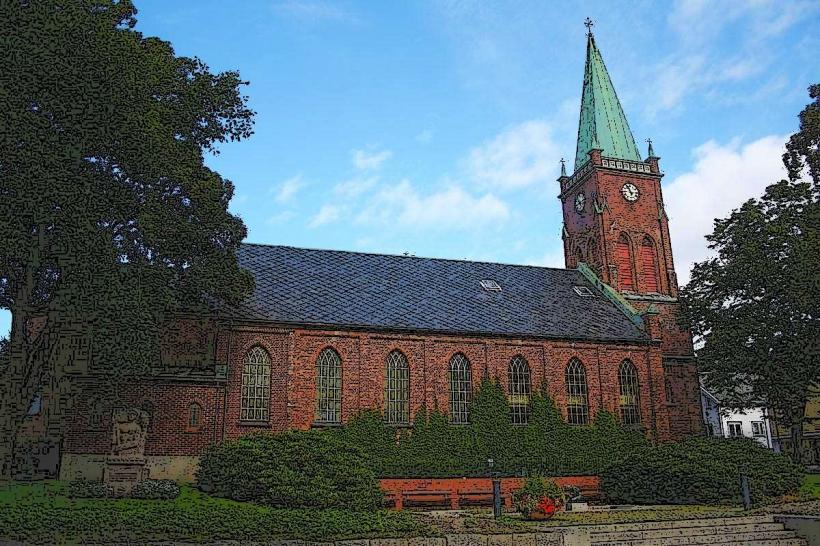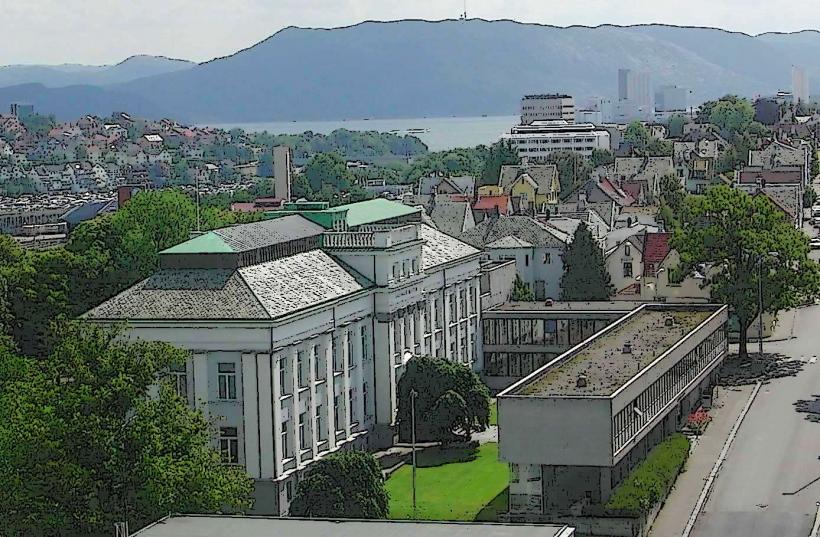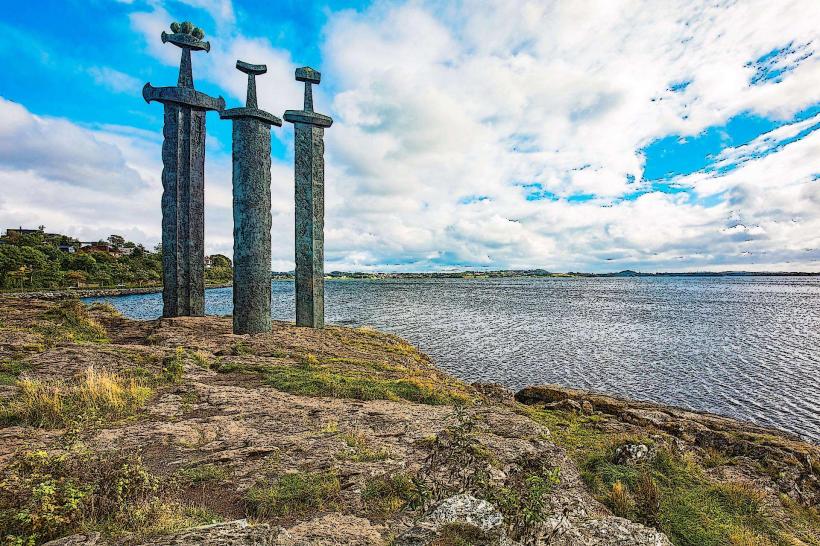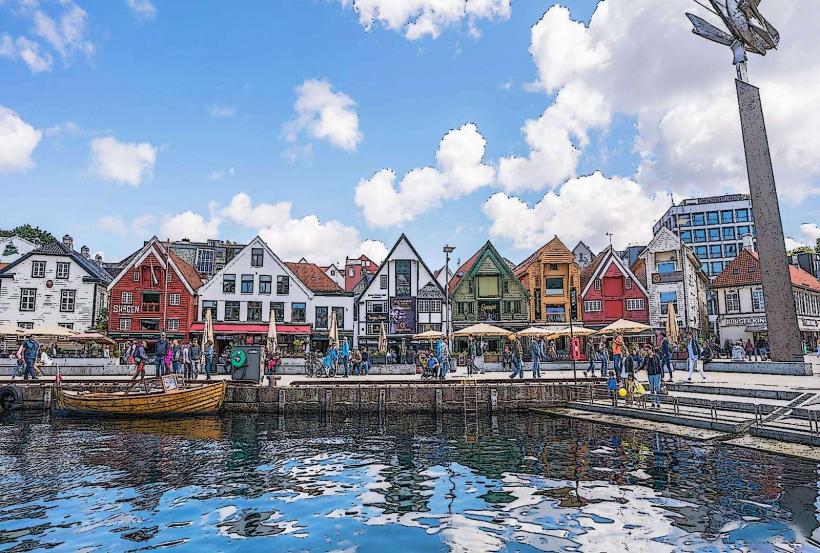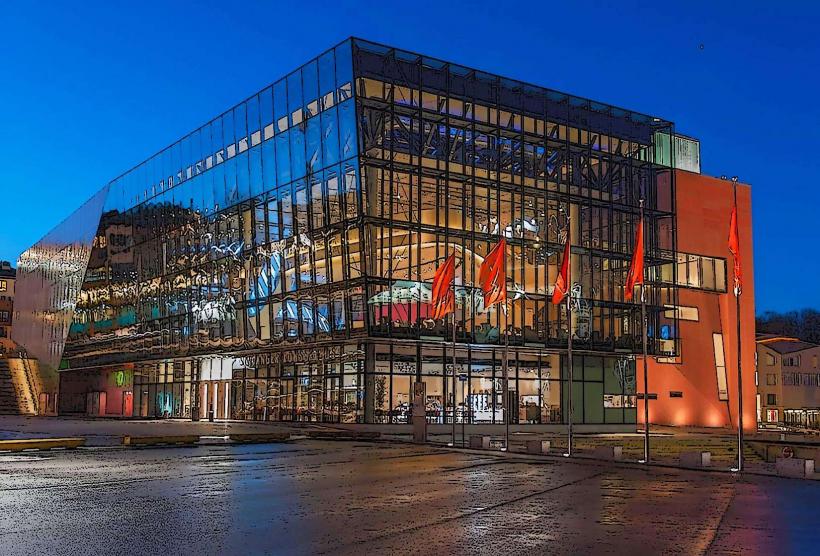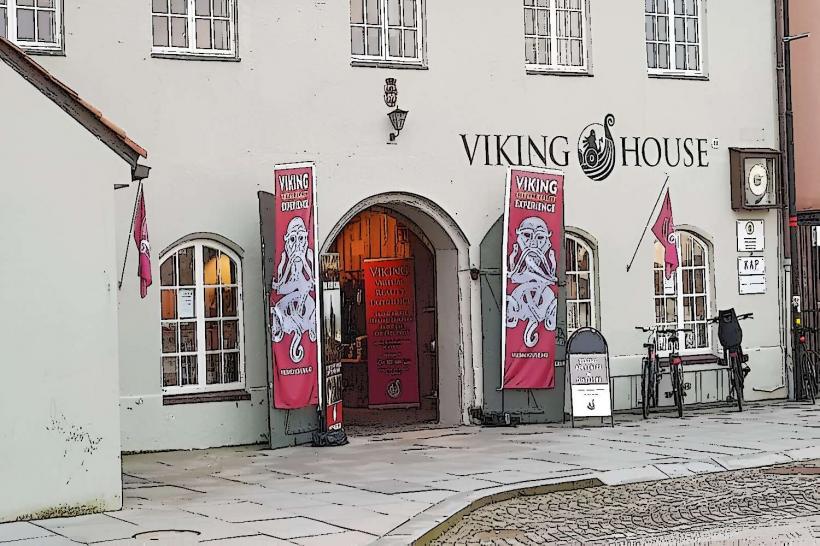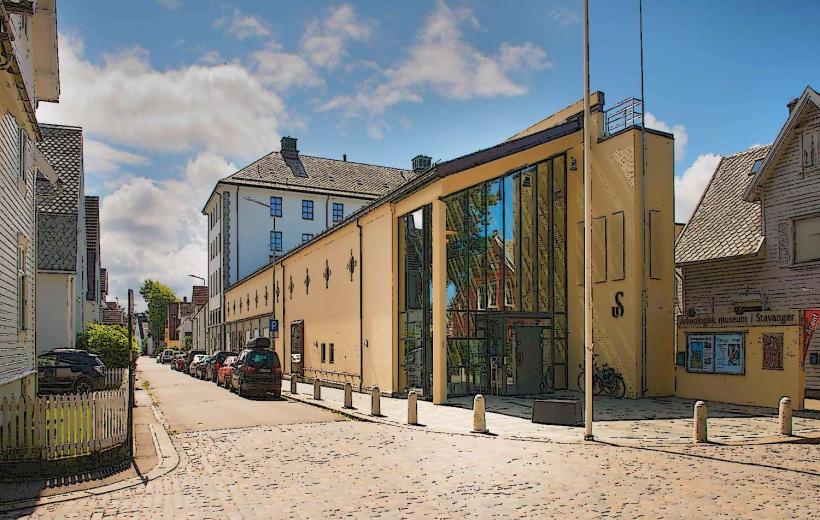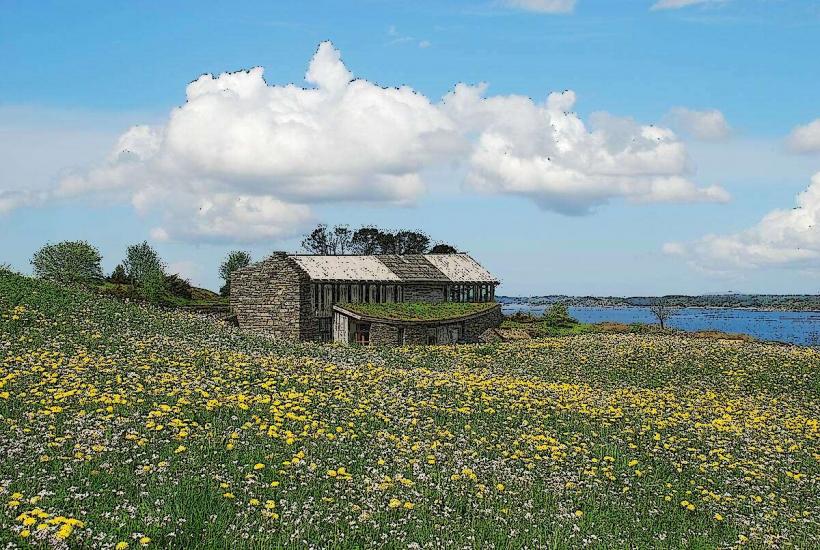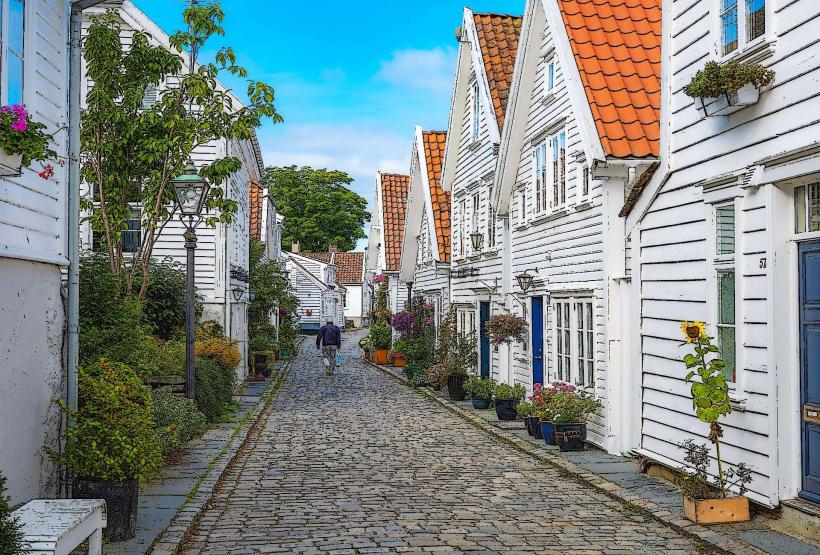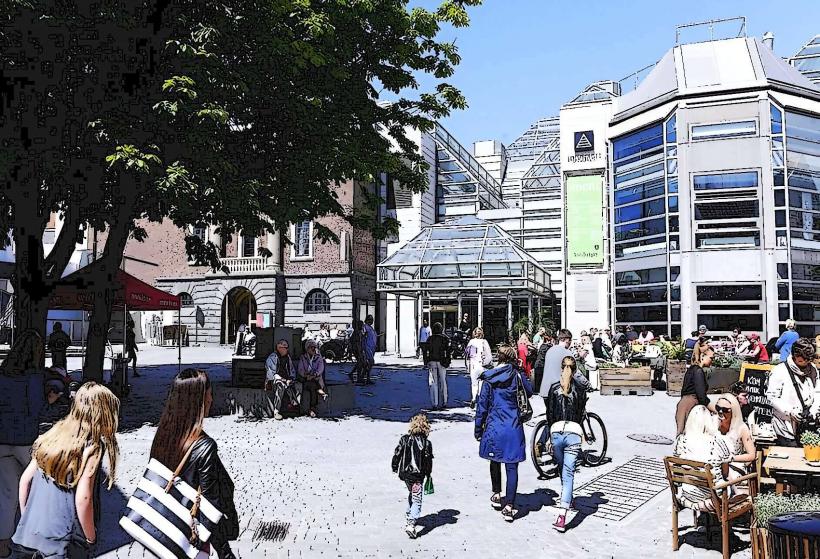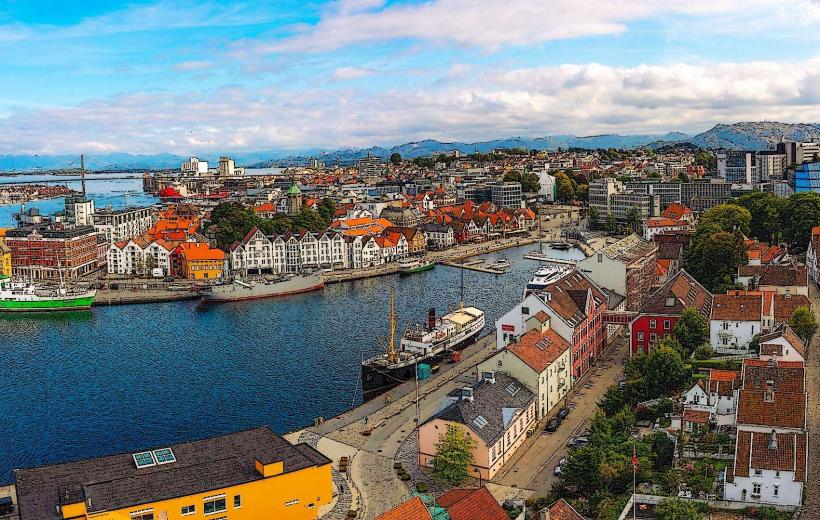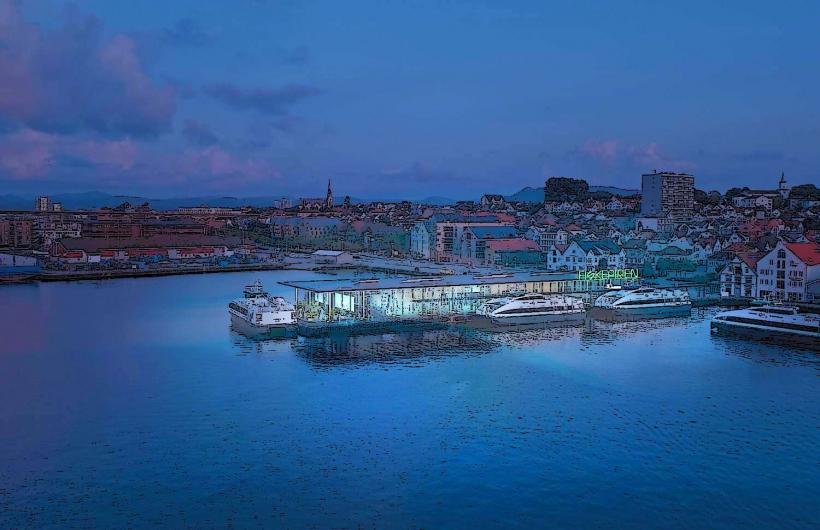Information
Landmark: Norwegian Canning MuseumCity: Stavanger
Country: Norway
Continent: Europe
The Norwegian Canning Museum (Norsk Hermetikkmuseum) is a museum dedicated to the history and development of the canning industry in Norway, particularly in the coastal town of Stavanger. This unique museum offers an in-depth look at the importance of canning in Norway’s industrial history, focusing on the processing of fish, especially sardines, and the role it played in the economic development of the region.
Overview and Location
- Location: The Norwegian Canning Museum is located in Stavanger, on the island of Tjøstholm, which was historically the hub of the Norwegian canning industry. The museum is housed in one of the old canning factories that once dominated the area. It is close to the city center, making it easily accessible to tourists and locals.
- Purpose: The museum preserves and showcases the historical significance of the canning industry, particularly the production of preserved fish, in Norway’s maritime history. It educates visitors about how the industry evolved and its influence on the economy, workforce, and culture of Stavanger.
Key Exhibits and Collections
- History of Canning: The museum offers a comprehensive history of the Norwegian canning industry, tracing its origins back to the 19th century when the first canning factories were established. Visitors can learn about the technological advancements that made the mass production of canned fish possible and how the industry became one of the cornerstones of Norwegian export economy.
- Sardine Canning: One of the most important aspects of the museum’s collection is its focus on the sardine canning industry. Sardines were one of the most exported products from Norway for many decades, and the museum highlights the processes involved in catching, processing, and canning these fish. The museum displays machinery, tools, and methods used in sardine production over the years.
- Canning Machinery and Tools: The museum has a variety of historical canning machinery and tools on display, showing how the canning process evolved from manual labor to industrial-scale production. This includes vintage canning machines, presses, and sealing equipment, providing insight into the labor-intensive work involved in early canning operations.
- Packaging and Labels: The museum also showcases the development of canning labels and packaging over the years. The colorful and artistic designs of the labels from the early 20th century are a key feature of the exhibit, reflecting the cultural and aesthetic values of the time.
The Role of Canning in Norwegian Economy and Society
- Industrial Growth: The museum highlights how the canning industry was a driving force behind the industrialization of Norway. As sardine exports grew, so did the demand for workers in the canneries. This led to the growth of fishing fleets, the development of industrial infrastructure, and the creation of thousands of jobs, particularly in coastal towns like Stavanger.
- Fishing Industry: The canning industry was intricately linked to the fishing industry in Norway. The museum explores the relationship between the fishermen, the canning factories, and the international markets. It explains how the fishing industry adapted to the global demand for preserved fish, particularly sardines, during the 19th and early 20th centuries.
The Museum’s Collections
- Canning Memorabilia: The museum houses a collection of memorabilia related to the canning industry, such as old photographs, advertisements, and promotional materials from various canning companies. These items provide a nostalgic look at the cultural significance of the industry.
- Labor History: The museum also focuses on the labor history of the canning industry. Visitors can learn about the working conditions in the canneries, the lives of the factory workers, and the labor movements that emerged during the industrial era.
Educational Programs and Events
- Workshops and Demonstrations: The Norwegian Canning Museum offers workshops and live demonstrations, where visitors can experience traditional canning techniques. These events are especially popular with families and schools, as they provide a hands-on understanding of the industry.
- Guided Tours: The museum offers guided tours that provide detailed explanations of the exhibits and the history of the canning industry in Norway. The tours are available in several languages and are an excellent way to gain a deeper understanding of the museum's rich collection.
- Special Exhibitions: The museum regularly hosts temporary exhibitions that focus on different aspects of the canning industry, such as the environmental impact of industrialization, the development of fish processing techniques, or the role of Norwegian canning companies in global trade.
Visitor Experience
- Authentic Factory Setting: One of the highlights of the Norwegian Canning Museum is that it is housed in a former canning factory. This authentic setting allows visitors to experience what it would have been like to work in a canning factory during its peak. The factory's equipment and layout remain largely intact, providing an immersive experience.
- Gift Shop and Café: The museum has a small gift shop where visitors can purchase memorabilia related to the canning industry, such as vintage-style sardine tins, historical books, and local artisan products. There is also a café where visitors can enjoy a meal or a snack, making it a pleasant spot to relax after exploring the exhibits.
Conclusion
The Norwegian Canning Museum in Stavanger offers a unique and informative glimpse into one of the key industries that helped shape the region’s economy and culture. Through its comprehensive exhibits on the history of sardine canning, fishing, industrial growth, and labor movements, the museum provides a fascinating perspective on Norwegian maritime heritage. It is a must-visit for anyone interested in industrial history, maritime culture, or the development of the Norwegian economy. The museum’s hands-on displays, guided tours, and immersive factory setting make it an engaging experience for visitors of all ages.

